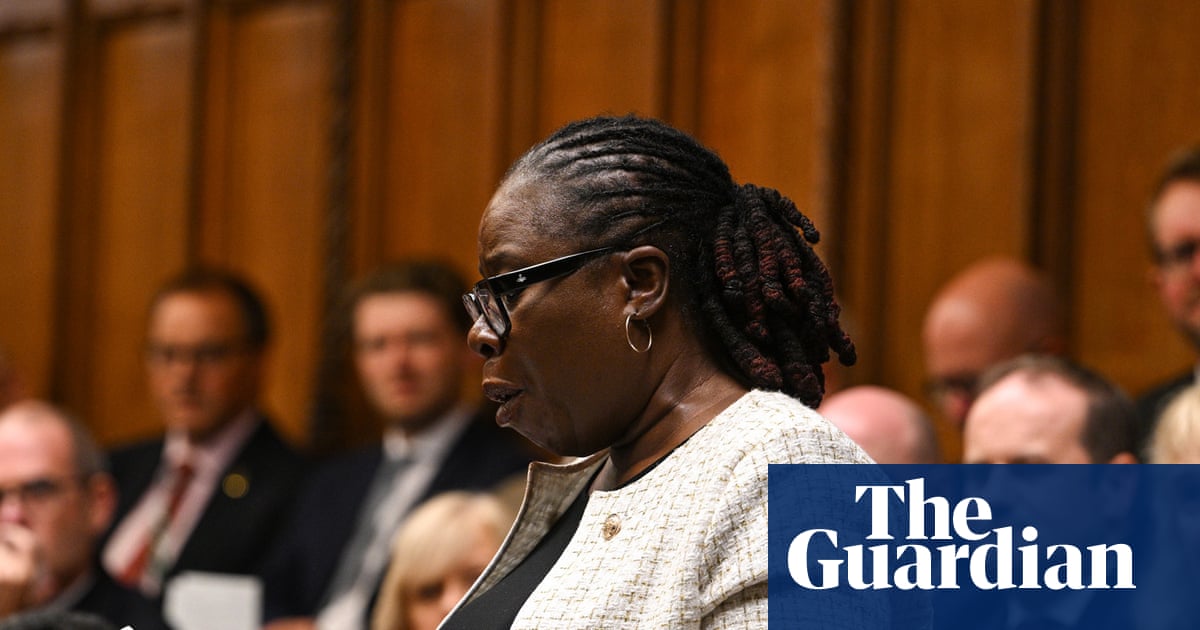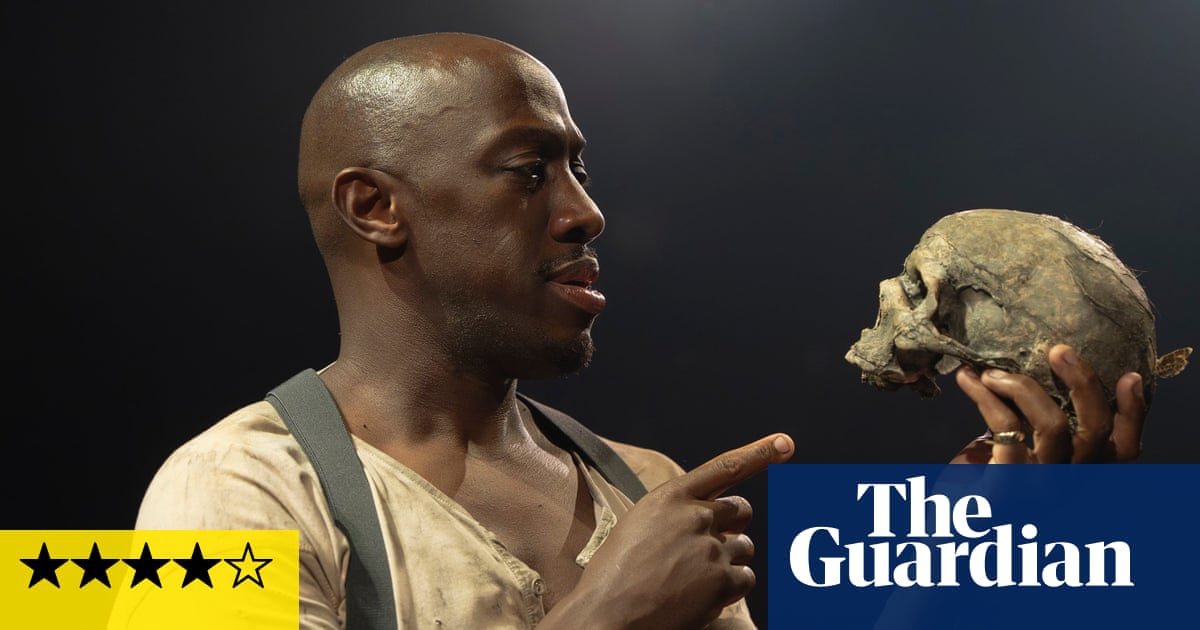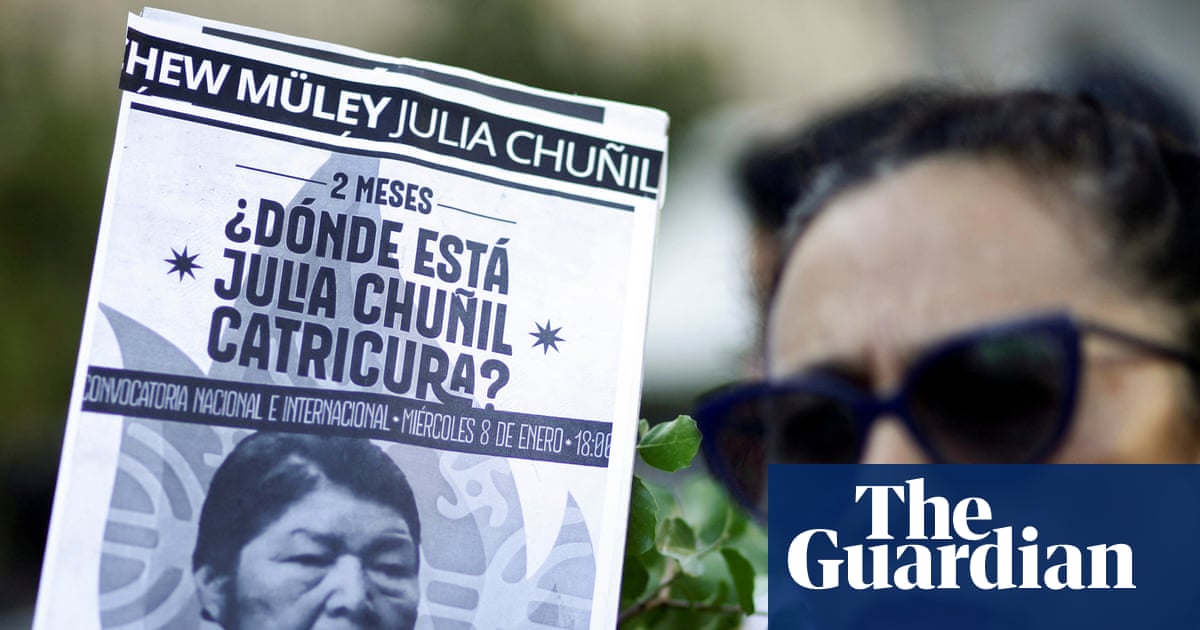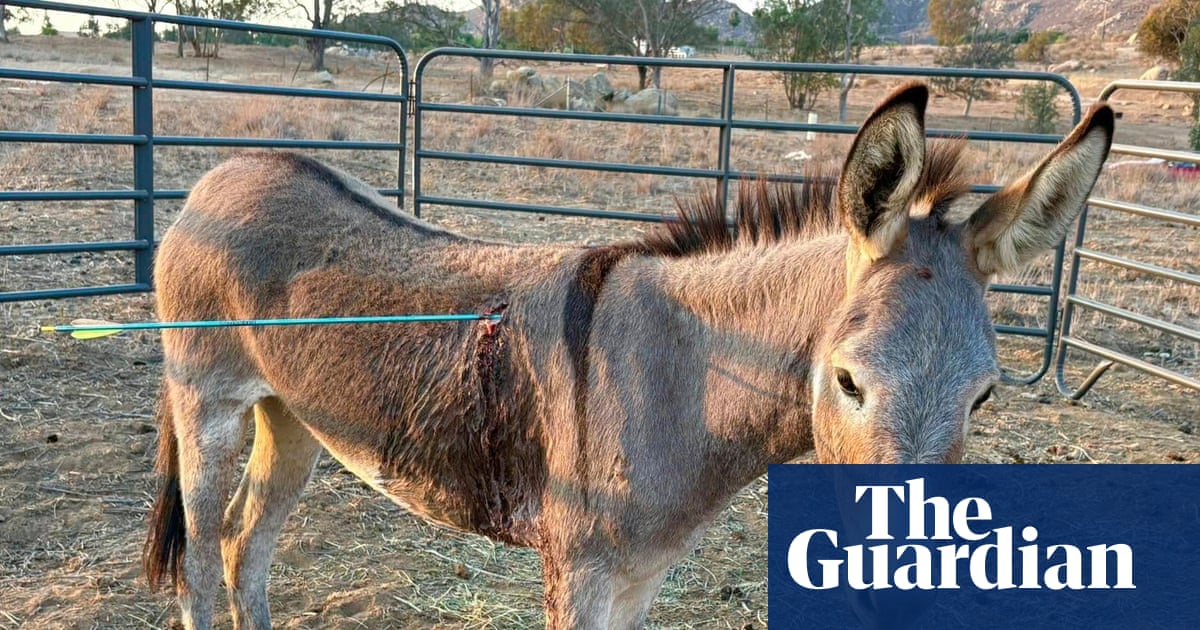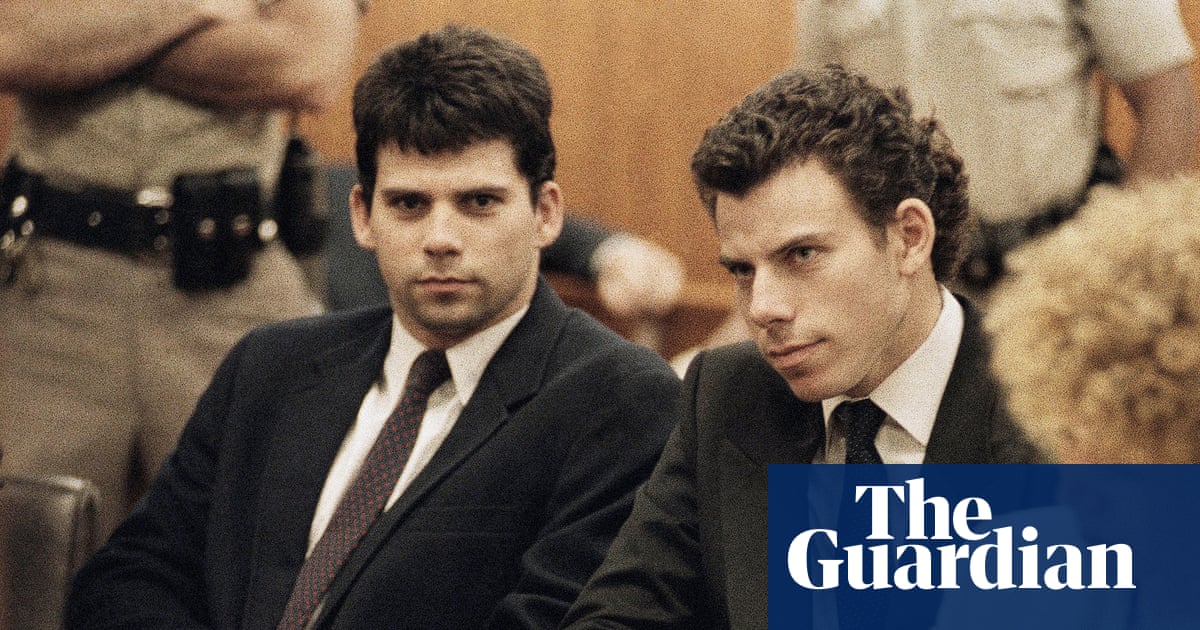In 2013, there didn’t seem much point in requesting an interview with Sly Stone. It was 31 years since he had released an album of new material, Ain’t But the One Way, which he had abandoned midway through, vanishing completely from the studio and leaving the producer Stewart Levine to patch together what he could. It was longer still since he had produced any music that was even vaguely close to the standard he had set himself in the late 60s and early 70s – a six-year period bookended by the release of the groundbreaking single Dance to the Music in 1967 and his last truly classic album, Fresh, in 1973 – when he could justifiably have claimed to have changed the face of soul music. Sly and the Family Stone, the multiracial band he had formed in 1966, released a string of classic singles in that time: not just Dance to the Music, but also I Want to Take You Higher, Everyday People, Stand!, Thank You (Falettinme Be Mice Elf Agin), Family Affair, If You Want Me to Stay.
By contrast, his most recent release, 2011’s I’m Back! Family and Friends, was a desultory collection of rerecordings of old hits, terrible remixes (a dubstep version of Family Affair!) and three new songs. Occasionally, something flickered in the original tracks, a faint trace of his former greatness, but they sounded suspiciously like unfinished demos. It felt of a piece with the handful of gigs he had played with various former members of the Family Stone a few years before: nights where something would spark fleetingly, mixed with disasters such as their 2010 appearance at Coachella, where Stone stopped and started songs at random and launched into a rant about his former manager that subsequently occasioned a lawsuit.
But, in 2013, a lavish retrospective box set, Higher!, was due out. It told Stone’s story from his early days, when he was a staff producer at Autumn Records in San Francisco, occasionally knocking out a novelty dance track or two under his own name, to 1976’s Family Again, a single that attempted to recreate the astonishing sound of the Family Stone in full flight. But there was no question of him promoting it: his interactions with the media seemed largely restricted to appearances on the gossip website TMZ, whose reporters would doorstep him – at the mobile home where he apparently lived full-time – after a cocaine possession charge, or a lurid report that he was homeless.
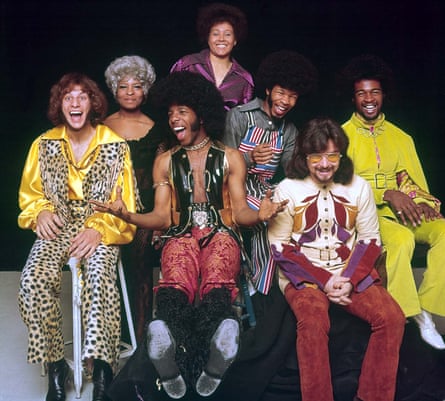
Instead, I spoke to former members of the Family Stone, who had incredible tales to tell of the glory days, when the band single-handedly shifted the compass of black American music. They melded psychedelia with rhythm and blues and gospel, helping to usher in one of soul music’s most fertile periods. Artists previously beholden to the wishes of their record labels – Marvin Gaye and Stevie Wonder among them – felt empowered to strike out on their own artistic paths; it prompted Miles Davis to change tack and record the epochal fusion album Bitches Brew.
They also had stories of the consternation caused by the very existence of the US’s first major multiracial band – or, as the trumpeter and vocalist Cynthia Robinson put it, by “seeing different races having fun together on stage”. Just the sight of her walking down the street with the band’s long-haired white saxophonist, Jerry Martini, enraged onlookers, she said: “We had to run! We hadn’t even said anything to them!”
I had read Joel Selvin’s eye-popping 1998 oral history of the band, filled with lurid detail and the testimony of former members bitterly airing grievances about their fall from grace. Racked by drug problems and intraband discord, the band’s career had slumped to such an extent that, by 1975, their final show at New York’s 6,000-seat Radio City Music Hall attracted barely 1,000 people. But clearly something had changed: the striking thing about the interviews I did was the awe and reverence in which they now held their former leader. “He affected my life second only to God,” said Martini, who in Selvin’s book had been the most critical of the lot. “Why don’t people try to love him for what he did? He had so much to offer the music business and the world in general. Why is everybody concentrated on drugs or this or that?”
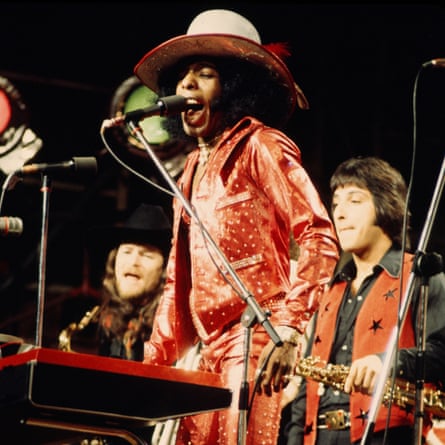
It was already shaping up to be a fascinating feature when I got word that Stone wanted to talk to me. I didn’t really believe it and it didn’t seem as if it was going to happen: the negotiations to bring him to the phone went on for weeks and I had a holiday booked. With nothing seemingly happening, I packed my bags and departed for a family-friendly hotel in Cornwall with my wife and kids.
We were there when I got a message: call this number; Sly will talk to you tonight. Incredibly, the only place in the hotel where I could get a signal was in the playground, perched on the edge of a bouncy castle. But that didn’t really matter, because, when I rang the number, I got an answering machine: “You called. Or did you? We’ll call back.” There was no option to actually leave a message. I kept trying. Nothing.
Finally, 12 hours after the appointed time, he picked up. I explained who I was and why I was calling and he told me, in no uncertain terms, to go and fuck myself: “I don’t give a fuck what you heard, I ain’t telling you anything. You guys send me some money, fair’s fair, I work. I don’t give a fuck about anything.” Then he put the phone down.
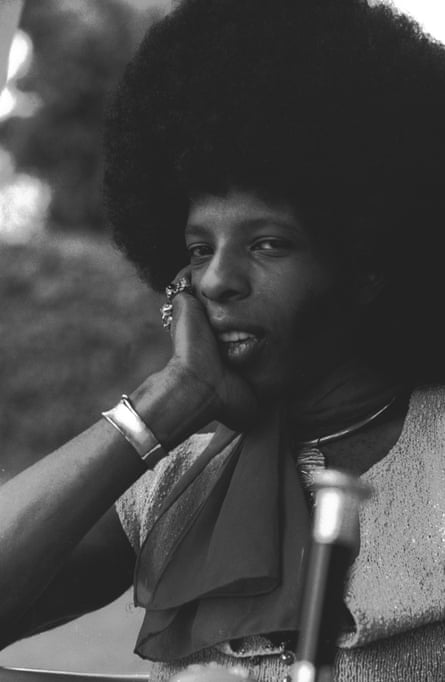
That, I assumed, was that: I had been told to fuck off by one of music’s true, unequivocal geniuses while sitting on a bouncy castle just outside Newquay, which I supposed was a unique experience in itself.
The next day, I was told to try again. Back to the bouncy castle I went. Presumably, the record label behind the box set had stumped up some cash, because this time he was charm itself: putting on an English accent when he picked up – “to whom am I speaking?” – and describing at length his plan to form a backing band entirely comprising musicians with albinism, which was a little unexpected, but, the way he explained it, weirdly in keeping with the Family Stone’s initial message of peace and unity. “To me, albinos are the most legitimate minority group of all. All races have albinos. If we all realise that we’ve all got albinos in our families, it’s going to take away from the ridiculous racial tension, if you’re black or you’re white, blah blah blah.”
He talked about the mansion in Bel Air, Los Angeles, to which Sly and the Family Stone had moved in 1969 and where he made his 1971 masterpiece There’s a Riot Goin’ On, a bleak, experimental album that could be the sound of the utopian hippy dream curdling into something darker, or an expression of the mood in their new home, where drug use was rampant: guns, paranoia, dangerous dogs and a coterie of highly dubious “bodyguards” were much in evidence. A little unexpectedly, he described life there as “beautiful”, although he did concede that the band’s bassist, Larry Graham, had fled the band in fear for his life. “But he’s a great bass player and I figured that when he realises I’m not going to kill him, he’ll be back,” he chuckled.
He talked about playing Woodstock, the gig that more than any other sealed Sly and the Family Stone’s ascendancy. By all accounts, they stole the show, taking the stage at 4am and rousing the audience from their sleeping bags with an electrifying performance. But his main memory, he said, was feeling “scared”, intimidated by the size of the crowd and the presence backstage of Jimi Hendrix: “I knew my place. Just to be around Jimi Hendrix … shit. I didn’t want to be running my mouth off.”
At the time, I took that as modesty, but I thought about it again, years later, when I saw Questlove’s superb documentary Sly Lives! (AKA The Burden of Black Genius), which convincingly posited the theory that its subject’s increasingly uncontrollable drug use and reputation for turning up to gigs late, or not at all, was at least partly down to insecurity and crippling stage fright.

Still, his mood was upbeat – he said he had thousands of new songs and that he wanted to “maintain stability” in order that they might be released – until he suddenly cut me off. “Have I talked to you enough now? I’ve got to go to the bathroom. You asked me about regrets,” he said, with a wheezy laugh. “If I don’t take a big shit now, I’ll regret that.”
And that was that: 20 minutes in the company of the one of the most enigmatic and confounding figures in pop history. The stuff about albinism got picked up by lot of other news outlets when the article came out, but none of Stone’s thousands of new songs ever saw the light of day. He more or less vanished again for a decade after the interview, save for reports of his protracted legal battle to recover millions in missing royalty payments. He was awarded $5m (£3.3m) by a California court in 2015.
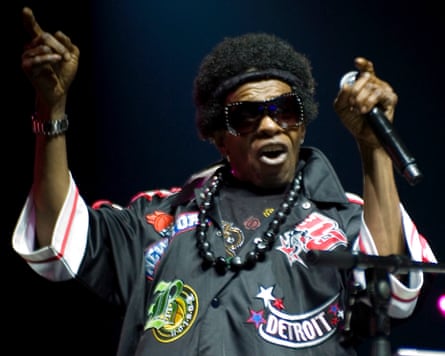
And then there was a sudden, deeply unexpected flurry of activity. Questlove had not just made a documentary, but was releasing a Stone autobiography via his publishing imprint Auwa Books. Stone was putatively drug-free at last: not for the first time, a doctor had told him that, unless he stopped smoking crack, he was going to die; he had finally heeded the advice and his daughter Sylvette Phunne Robinson and his new manager, Arlene Hirschkowitz, had taken it upon themselves to shoo away his umpteen dealers from his home in LA. In 2023, I spoke to him again – or rather I didn’t speak to him. In 2013, his voice had been a rasp, hollowed out by decades of fast living; now, he was 80 and too ill to do interviews at all, except by email: “I have trouble with my lungs, trouble with my voice, trouble with my hearing and trouble with the rest of my body, too,” he wrote.
Clearly, things had changed: there was no lengthy period of negotiation about the interview, no demands for money, just a series of answers that arrived in my inbox 24 hours after I had sent the questions, at least one of which he took upon himself to correct factually. The answers were reflective, thoughtful and occasionally a little wistful – he was no longer able to make music, he said, but could “still hear music in my mind” – and proud of his musical legacy and vast influence: “I was always happy if someone took the things I was doing and they liked them enough to want to do them on their own.”
They were also noticeably light on regrets. He conceded he probably should have got clean sooner, but equally, he said: “I never lived a life I didn’t want to live.” It was an intriguing corrective to the idea that his career amounted to a tragedy: six years of genius followed by decades of chaos and disappointment. Perhaps Stone could have done more, but perhaps he had already done it. He achieved more in those six years than most artists achieve in their lifetime, making music of such quality and originality, such power and funkiness, that you suspect it will be played for the rest of time. If there is anything even remotely like it in the thousands of tracks he amassed in his later years, that is just a bonus.

.png) 3 months ago
49
3 months ago
49

